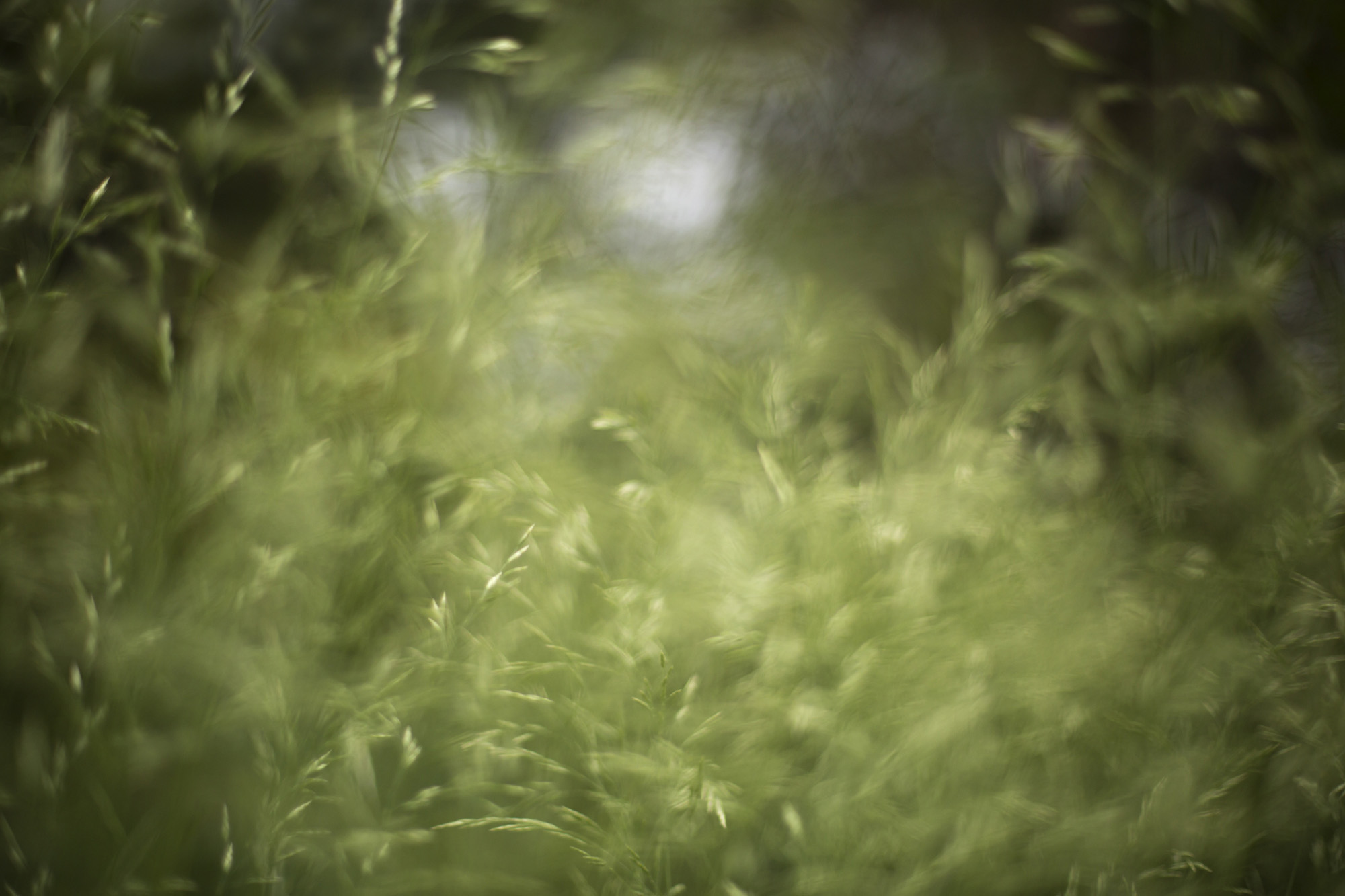I shoot mostly in color and make “straight” images in that they are created in camera with very little adjustment in Photoshop. The images tend to be abstract or bordering on abstract. I want the viewer’s eyes to travel around the photograph and find their own clues, so dynamic composition is often important. I shoot in any quality of light and being an opportunist, I work with what I find. Serendipity plays a big part in my style. I don’t choose subject matter based on any criteria and don’t start with a concept. I explore with my camera and when I find something that compels me, I work hard over a period of years for the concept to clarify. In that way, the series is an extension of me. I consider the images to be sensory artifacts that offer a conduit through which the viewer can experience unexpected perceptions.
Tell us the process of how you set up each shot in the series.
I rarely set up shots. I respond to what I see as I walk through the exhibits at museums. Sometimes I follow an interesting person through a few rooms. People rarely see that I’m photographing them, and since they’re unrecognizable in the photos, I don’t have any issue with that. Occasionally I will park myself in front of a piece of art and surreptitiously photograph the people who come up to look at it. I shoot digitally and the immediate feedback is useful in these varied environments that I can’t control. I can also work like crazy, not having to worry about stopping and reloading every 36 shots. The digital camera substitutes noise for grain with the high ISO, which looks good in the museum photos.
What are your camera and gear choices?
The Canon 5D MkIII gives me high-quality images in any lighting, and that is very important for the “At the Museum” series. I use the Canon EF 50mm f/1.4 USM Lens for an undistorted look. It’s light to carry around and I look less conspicuous when shooting, more like a tourist. I like to compose in camera and it’s simpler to just work with the one prime lens that’s on your camera. I prefer the SanDisk line of CF cards for speed and reliability.
Share with our readers and your followers your next projects.
I’m launching a book to go with my series, “By Fire,” shot during a nighttime bonfire at our country home in Mariposa, CA. It explores personal tragedy as a trial by fire that can metaphorically create expansion and renewed life. I’m working on a color series on the same five acres in Mariposa, using layered dimensions to explore our shared consciousness with all that’s living. I’ve also started working with out-of-focus human figures in sequences that will be presented in video format.
See the full post: http://resourcemagonline.com/2015/08/photographer-of-the-day-the-dynamic-composition-of-barbara-kynes-at-the-museum-series/56787/
























